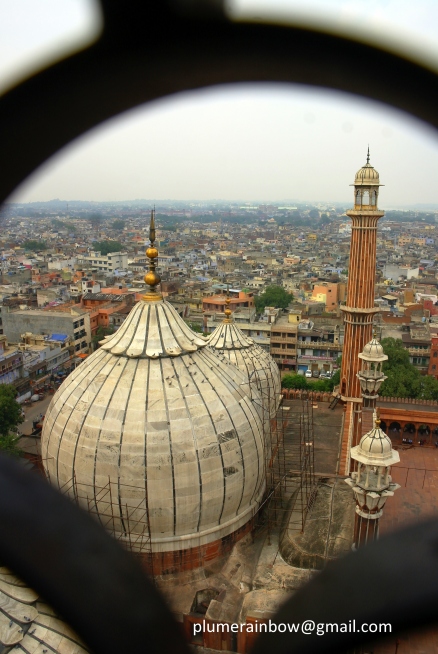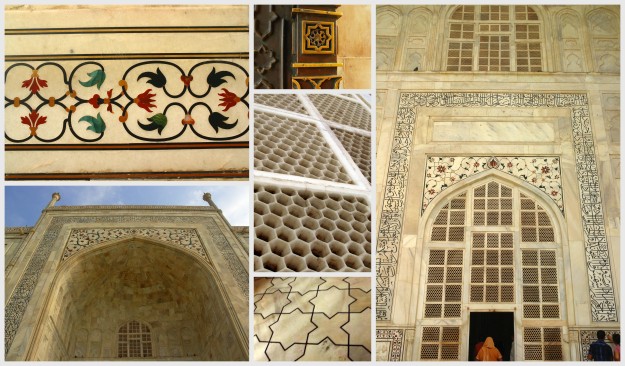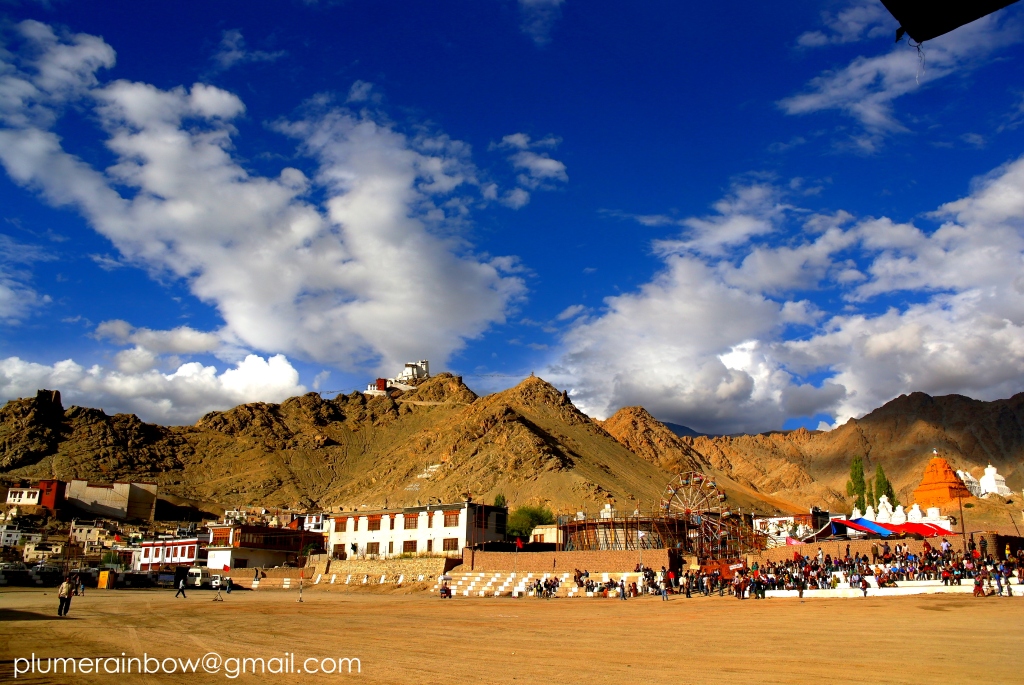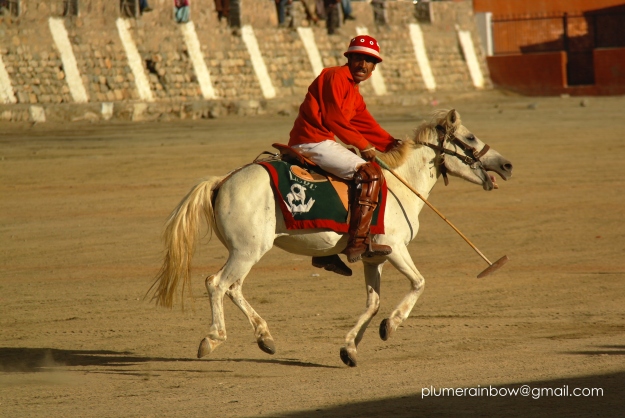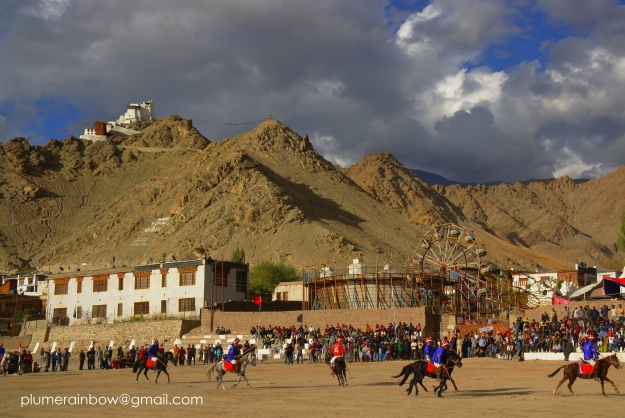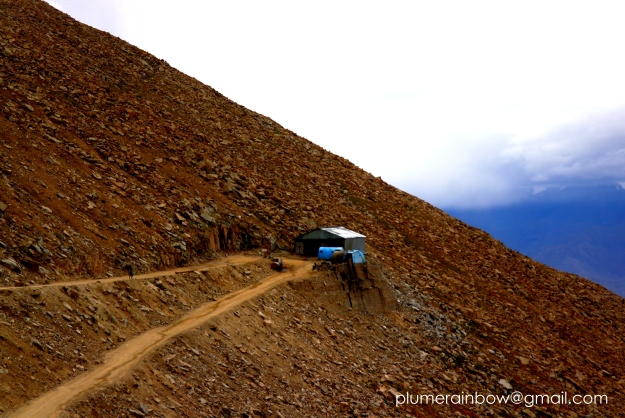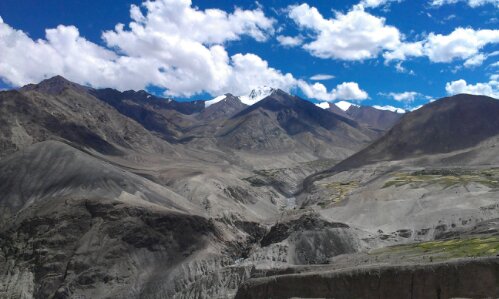It has been a while since I came back from Ladakh. And yet the crisp fresh air, the dramatic mountains, arid landscape and its miraculous summer bloom, dazzling blue skies and cotton white clouds constantly come to mind. Summer is fleeting in Ladakh. And by the end of our journey, temperatures embarked on a dive, leading on to winter in October. A recent message from Leh indicated that it’s now freezing at night. The ephemeral nature of the changing seasons only emphasises the impermanence of beings.
And with modern day contraptions like cameras, we capture the flitting moments. So that the visual imprints attempt to preserve memories of the past. A summer that is short, but sweet and glorious.

Apples in the sky. At Leh, Ladakh, Jammu & Kashmir State, India.
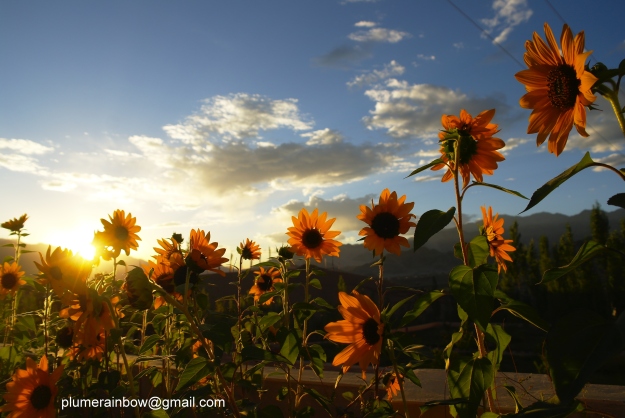
Gorgeous sunflowers against the setting sun. At Leh, Ladakh, Jammu & Kashmir State, Ladakh.

Barley, often made into tsampa which is a staple for Ladakhi people.

Barley field. Each household would normally have a barley field for own sustenance. Barley made into Tsampa is a common Ladakhi staple. At Ladakh, Jammu & Kashmir State, India
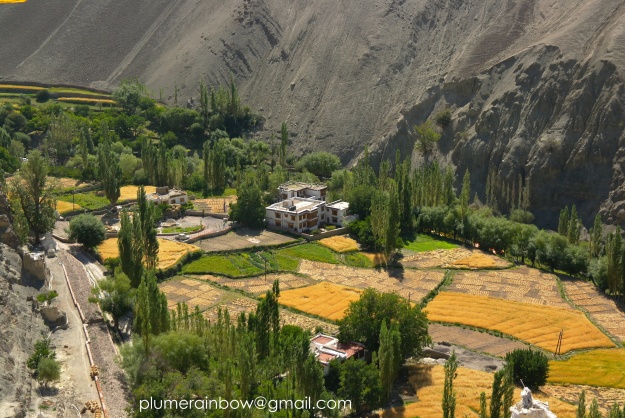
Apricot trees and poplar trees dot the valley plains. At Tingmosgang, Ladakh, Jammu & Kashmir State, India.

Drying apricots in the sun. Apricot season in Tingmosgang, Ladakh, Jammu & Kashmir State, India.

Gorgeous oasis. On the way from Leh to Nubra Valley, via one of the world’s highest mountain passes, Khardung La. Ladakh, Jammu & Kashmir State, India.

The plains of Diskit, at Nubra Valley. On a clear crisp morning. At Ladakh, Jammu & Kashmir State, India.
